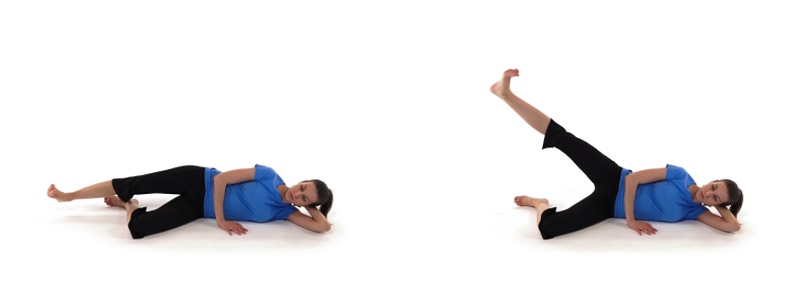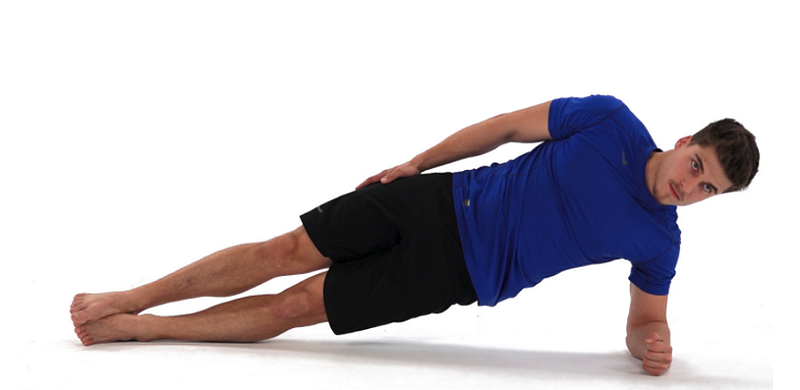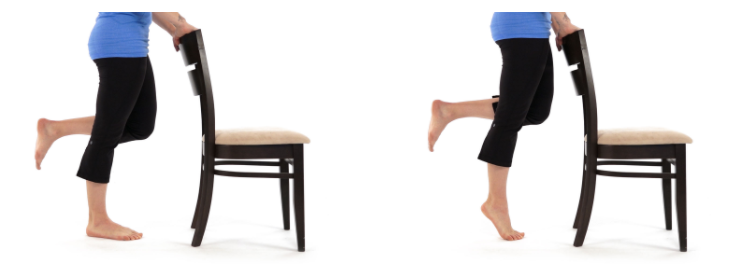Effective Strategies to Alleviate IT Band Discomfort in Runners
Written on
Understanding the IT Band
Runners, are you facing challenges with IT band discomfort? The iliotibial band (IT band) is often a source of frustration for athletes, known for its stubborn tightness and pain. This thick connective tissue extends from the pelvis to the tibia, crossing both the hip and knee joints, which is particularly problematic for runners due to its association with knee pain.
If you’re dealing with irritation in your IT band, don’t despair—it’s not an anatomical flaw. The root of the issue often lies in insufficient strengthening and maintenance of the surrounding muscles. Thankfully, a few straightforward strengthening exercises can help you on your path to recovery.
It’s time to bid farewell to IT band discomfort and embrace a pain-free running experience!
Your IT Band Relief Routine
Before we jump into the exercises, it’s crucial to discuss the role of foam rolling. Since the IT band is made of fascia rather than muscle, attempting to release it through foam rolling may not be effective and could actually increase discomfort. The IT band lacks blood flow and elasticity, and rolling it can compress a major nerve that runs down the outer thigh, worsening pain.
Instead of trying to "loosen" the IT band, focus on the surrounding muscles that contribute to lower-body stability and strength. Incorporating a variety of movements into your routine is essential, as running predominantly engages the sagittal plane. By diversifying your exercises, you can enhance your performance while minimizing the risk of injury.
Here are five exercises designed to fortify your IT band. Aim to perform this routine 2–3 times weekly for optimal results. Always consult with your healthcare provider if you have any concerns regarding the exercises below.
Lying Hip Abductions

Instructions: 10-15 repetitions on each side. Lie on your side with your lower leg slightly bent for support. Raise your upper leg sideways, keeping both your toe and heel aligned. Once you reach your maximum range, lower your leg back down in a controlled manner. Ensure you feel this exercise in your glutes rather than your quadriceps. If you’re having trouble isolating the movement, try rotating your leg inward so that your heel is higher than your toes.
Hamstring Sliders

Instructions: 10-15 repetitions. Lie on your back with your feet hip-width apart and heels on sliding disks. Engage your glutes to lift your hips without arching your lower back. In a stable bridge position, slowly slide your heels out to straighten your legs while keeping your glutes engaged. Lower your hips back to the ground and return to the starting position. This exercise focuses on strengthening the eccentric phase of the movement. If sliders aren't available, wearing socks on a hard surface works too!
Side Plank

Instructions: Hold for 30-60 seconds on each side. Support your body on your forearm and foot. Squeeze your glutes and gently contract your core. Remember to breathe steadily! If you find yourself sagging, start with a knee side plank and gradually progress to a full side plank. You can also try variations like the side plank leg raise or twist.
Glute Bridge Walk-Outs

Instructions: 8-10 repetitions. Start in a glute bridge position, then slowly walk your feet out (alternating) until you reach a challenging lengthened position for your hamstrings. Unlike the sliders, focus on actively returning to the starting position. Maintain a tight core and keep your hips level throughout.
Calf Raises

Instructions: 10 repetitions on each side. Find a sturdy object for balance. Stand on one foot and raise your heel until you feel a full contraction in your calf. Hold for 1-2 seconds and then lower. Just before reaching the bottom, contract your calf again for the next rep.
Bonus Tips!
Consider reducing the intensity or volume of your workouts until you regain strength in the surrounding muscles.
Invest in appropriate footwear and consider consulting a gait specialist.
If pain persists, seek guidance from a physical therapist.

In Conclusion
While the IT band may cause frustration for many runners, you can take control of your running journey. With commitment to strength training, you can enhance the health of this vital tissue. By performing this routine consistently, you’ll not only prevent future complications but also boost your performance. It’s time to set aside the foam roller and embark on your path to improved running!
Video Description: This video provides insights into managing IT band syndrome, offering strategies to alleviate discomfort and improve running performance.
Video Description: Explore the differences between runner's knee and IT band syndrome, helping you understand and address your running-related pain effectively.